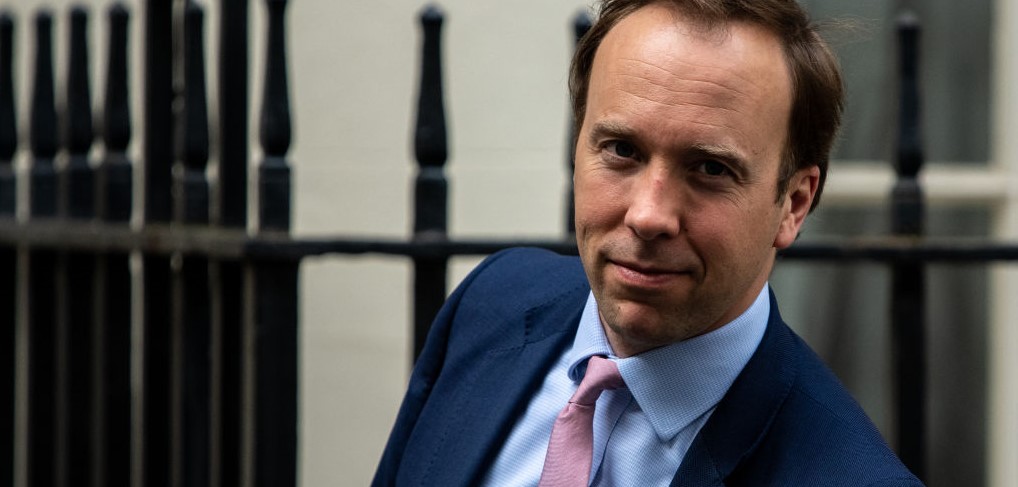Investment better than paying off debt
A group of International Monetary Fund economists say some governments should spend more investing in public infrastructure and spend less time obsessing about running up higher levels of public debt. They warn that austerity measures to cut public debt – rather than household debt – can be worse than paying the debt off over a longer period of time.
The group say that the rising public debt was used for banks bailouts and the economic impact of the global financial crisis but here is little to show in terms of public investment.
They suggest that investing in public infrastructure makes better sense for countries like the UK, Ireland and Germany which they consider to be in the public debt “safe zone”. Other countries such as France and Spain may have to be more cautious and it should be ruled out for others with unsustainable debt levels such as Japan.
For countries in the “safe zone” the best policy may be “living with high debt….” Although they say this is not ideal it was better than debt payment which could damage economic growth and be self-defeating.
Cure worse than disease?
“Debt is bad for growth … but it does not follow that paying down debt is good for growth. This is a case where the cure may be worse than the disease: paying down the debt would require further distorting the economy, with a corresponding toll on investment and growth.”
“It is much better in these circumstances” the reports authors say “to just live with the debt, allowing the debt ratio to be reduced organically through higher growth.”
In key passages the economists say the world economy has faced what they call the “Great Recession”. They put current high levels of government debt down the financial crash saying “High public debt in advanced economies is an important legacy of the global financial crisis…”
“Financial bailouts, stimulus spending, and lower revenues during the Great Recession have resulted in some of the highest public debt ratios seen in advanced economies in the past 40 years…. The global financial crisis has resulted in sharp increases in advanced-economy public debt ratios, on a scale unprecedented in peace time.”
In a critical passage they point out that rising government debt was used to head off banking and economic collapse rather than investment on public infrastructure. “Thus, while the accumulation of public debt was generally for good reasons (averting an economic or banking system collapse), the fact remains that most advanced economies have built up large stocks of debt but have little or no more public infrastructure to show for it.”
They now say that imbalance of accumulating debt to shore up the banking system and prevent global economic collapse should be addressed investing in building public infrastructure, which is a higher priority than lowering debt. “For countries with low debt and big infrastructure needs (and with idle resources and facing low interest rates), building infrastructure should be the greater priority.”
South Sea Bubble
The chancellor George Osborne gave the game away about how long governments, rather than individuals, can carry debt and pay it off as economic growth recovers and inflation bites into the debt. In his last budget Osborne boasted of only now paying off government debt which arose from bail outs as far back as 1720, nearly 300 years.
“This is an historic moment”, he told the Commons, “and I am delighted to announce we will complete the repayment of £2.6bn of debt dating back as far as the 18th century.” This linked the debts to the financial crisis brought on the by the South Sea Bubble speculators in 1720 (pictured).
According to the Treasury it also included “debts first issued in 1752 and later used to finance the Napoleonic and Crimean Wars, the Slavery Abolition Act (1835) and the Irish Distress Loan (1847) and subsequently converted by Chancellor Goschen in 1888.”
Unite assistant general secretary Steve Turner told UNITElive, “The IMF economists make clear that our high government debt levels are a direct result of the global banking crisis. In a sense they say that higher debt was a price worth paying, as the alternative – world economic collapse – was worse.
“The message could not be clearer for countries like the UK. We can afford to increase investment in public infrastructure – new hospitals, better transport, public housing – rather than obsess about government debt.
“As Osborne himself has pointed out, government debt is not the same as household debt or loans we have as individuals. Paying government debt can be smoothed over hundreds of years, it does not have to be paid by years of austerity to pay down the balance.
“I’m deeply worried that the next Osborne emergency budget is going to impose cuts which squeeze the life out of the economy. There is no point having a Tory quack remedy which kills the patient, and that for me is the real message to take away from this.”
 Like
Like Follow
Follow


